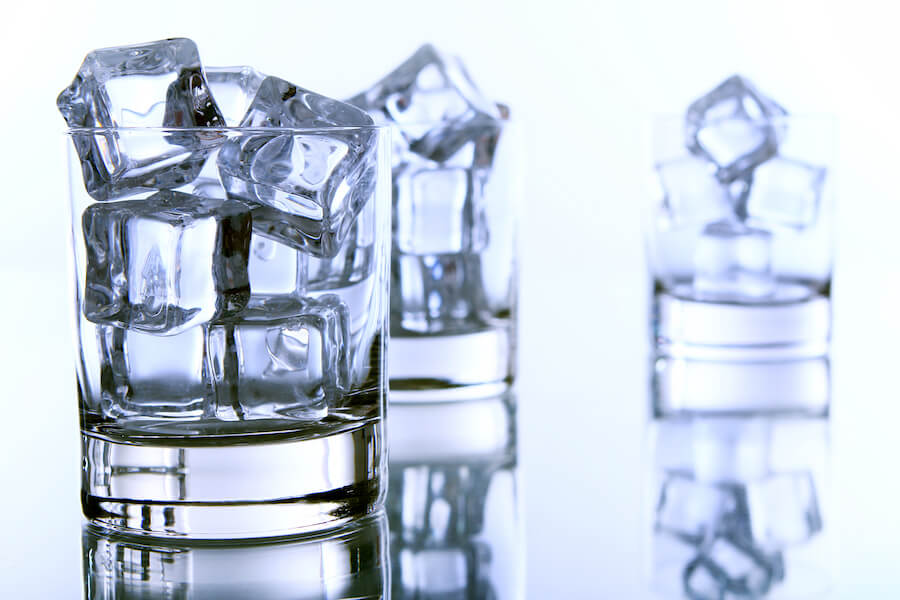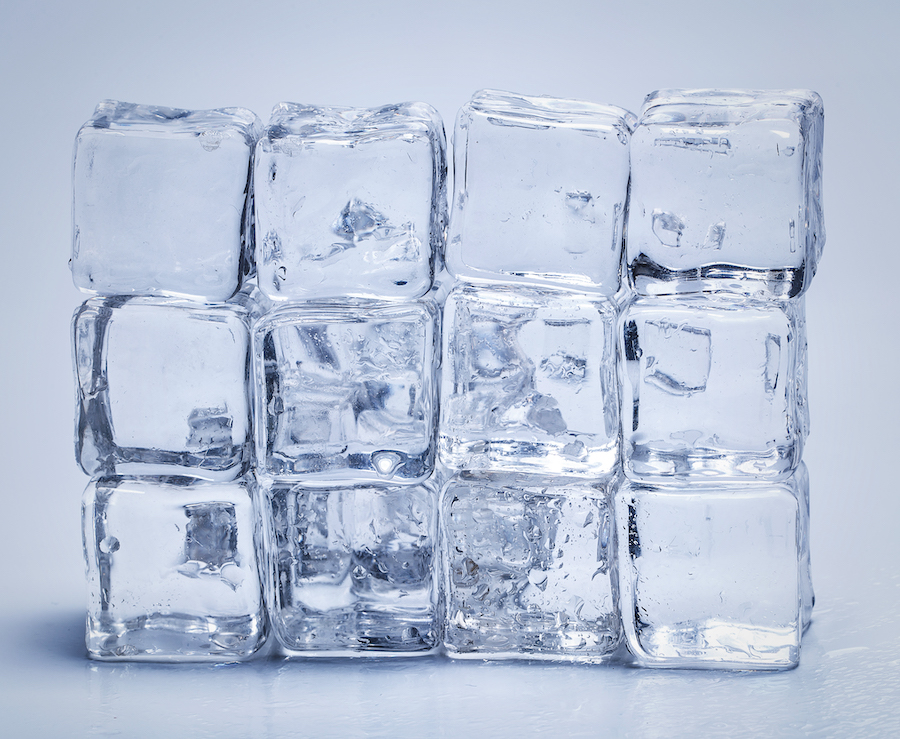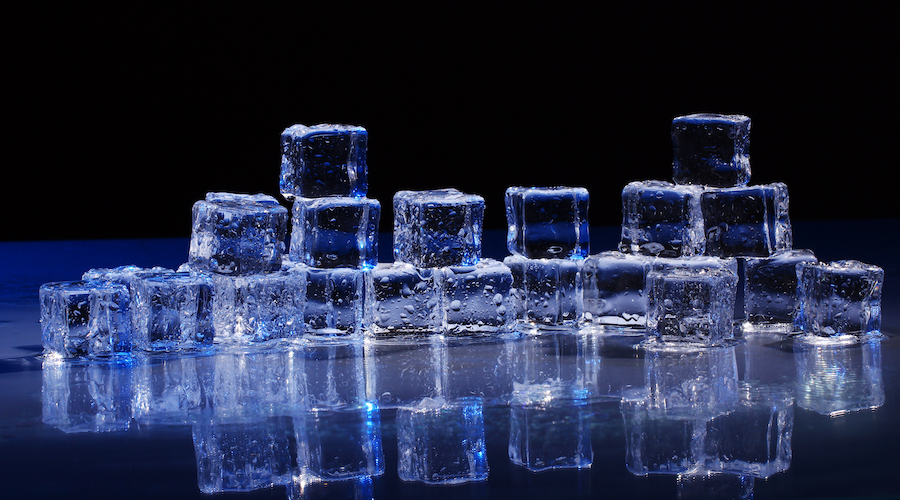An ice dispenser not closing is among the most common problems with air dispensers. Not only is it annoying, but it can also lead to losses for businesses that depend on it.

Fortunately, resolving the issues is straightforward since most are due to ice buildup or damage.
This article looks at the most common causes for the flap not to close and their solutions. As such, you’ll be able to use the ice dispenser with ease.
If you need to be more conversant with the technicality that is home appliances, we’d recommend consulting a certified technician. Otherwise, let’s find out more.
Ice Buildup
Ice buildup can prevent the dispenser flap from closing. It can be caused by humid air contacting the cold metallic flap. This causes the moisture to condense and freeze, obstructing the flap.
Having a faulty ice maker can also facilitate ice buildup around the flap. The ice maker may produce excess or too little ice that builds up around the dispenser flap. A dirty flap not closing correctly can also trap moisture, leading to ice buildup and preventing it from closing.
Solution
- Unplug the refrigerator from the power source to avoid electrocution.
- Clean the dispenser flap with a damp cloth, removing any visible debris. You can use a vinegar solution or soapy water to remove the trash.
- Use a plastic utensil to remove ice buildup. Alternatively, use a hairdryer on low heat to melt the ice.
- Check whether the ice maker is faulty. To do this, consult the user manual for diagnostic procedures. You can also contact the manufacturer for further assistance.
- Check if the water pressure is adequate, as it can cause ice buildup over time.
Misalignment
Misalignment also prevents the ice dispenser flap from closing correctly. Many factors can lead to misalignment, such as impact from bumps and knocks. Slamming the door to the ice dispenser can also lead to misalignment.
As expected, tear and wear can catch up with the flap’s alignment. This is especially true if you use the ice dispenser frequently. Improper installation, such as loose or misaligned screws, can lead to misalignment if left unattended for an extended period.

Solution
- Unplug the refrigerator from the power source.
- Open the door on which the ice dispenser is located.
- Locate the flap, which is the metal or plastic door that opens when you press the ice dispenser lever.
- Check for obstructions such as debris and ice buildup that may cause misalignment.
- Examine the hinges, ensuring they are tight enough. Tighten those that need tightening.
- You may also need to loosen the screws holding the hinges to ensure the flap is aligned correctly.
- After this, adjust the flap by pulling or pushing into the desired alignment. Use a level to achieve a straight alignment.
- Once you achieve the desired alignment, tighten the screws. You should, however, refrain from overtightening them as it may cause the flap to bind.
- Test the flap after connecting the ice dispenser to a power source.
- If neither of the above steps fix the problem, you may need to replace the flap. You can purchase a replacement flap from the refrigerator’s manufacturer.
You should avoid bumping the flap to prevent the ice dispenser flap from getting misaligned. Make sure to close the door to the dispenser gently. Finally, have a qualified technician examine your refrigerator often.
Faulty Actuator Mechanism
If your ice dispenser flap is not closing, it could be due to a faulty actuator mechanism. The actuator mechanism controls the opening and closing of the flap. Due to the use of the dispenser over an extended period, components of the actuator, such as springs, can wear out, causing it to malfunction.
The same case applies to damaged parts, such as a broken lever. Exposure to humidity in the refrigerator’s environment can lead to corrosion on metallic components. This can impede the smooth movement of the actuator.
If the refrigerator’s control board malfunctions, it may send incorrect signals to the actuator, preventing the flap from closing correctly.
Solution
- Inspect the actuator mechanism for visible damage or obstruction. Make sure to replace broken components and remove any debris.
- Clean the actuator using a damp cloth to remove any debris or foreign objects that might impede its functioning. It would help if you did this when the refrigerator is disconnected from the power source.
- If lubrication will make the actuator work properly, follow the manufacturer’s instructions.
- Repair the components that can be repaired and replace those that need replacement. You can buy replacement parts from the refrigerator’s manufacturer or a reputable after-market dealer.
- Check for loose or damaged wiring that might cause the actuator mechanism to become faulty. Again, remember to follow the manufacturer’s guidance on this.
Damage To The Flap
As you’d expect, damage to the flap can prevent it from closing. This can be due to impacts such as jostling or bumping. If a dish hits the flap, it can impact its closing mechanism. The same case applies to wear and tear.
Using the dispenser flap for an extended period can lead to tear and wear, causing it not to close. Unfortunately, some flaps might be made of substandard materials, which are susceptible to damage. Using the ice dispenser frequently can, therefore, lead to accidental damage.
Solution
To reduce damage to the dispenser flap, you can do the following
- Avoid bumping the flap when using the dispenser.
- Avoid slamming the door to the ice dispenser.
- Check for debris and ice buildup frequently to mitigate misalignment, which can lead to damage.
- Inspect for signs of damage and replace the flap if necessary.
If the ice dispenser that is not closing is damaged, you’ll need to replace it with a new one. You can get replacement parts from verified suppliers or the manufacturer of your refrigerator.
You only need to follow the manual and replace the damaged flap with a new one. However, make sure the flap is compatible with your ice dispenser.
The flap might remain open if the gasket or seal around the dispenser is worn out or damaged. The flap might remain open since a worn-out gasket prevents a proper seal.
A damaged or worn door gasket will have visible cracks, deformities, and tears. This causes the door not to open properly. Fortunately, you only need to replace the gasket with a new one, which might cause the flap to close correctly.

Conclusion
If your ice dispenser flap is not closing, check whether there’s ice buildup around it, as this can hamper its functionality. It would help if you also examined for visible damage, such as broken parts or rust.
As you’ve seen, rusted or corroded parts can cause the flap not to close. Also, be sure to take good care of the refrigerator. For example, avoid slamming shut the freezer door and bumping the ice dispenser flap.
This way, you’ll protect the flap from damage while improving the longevity of the refrigerator. And if you have to replace any parts, buy them from the refrigerator’s manufacturer or a reputable supplier.
